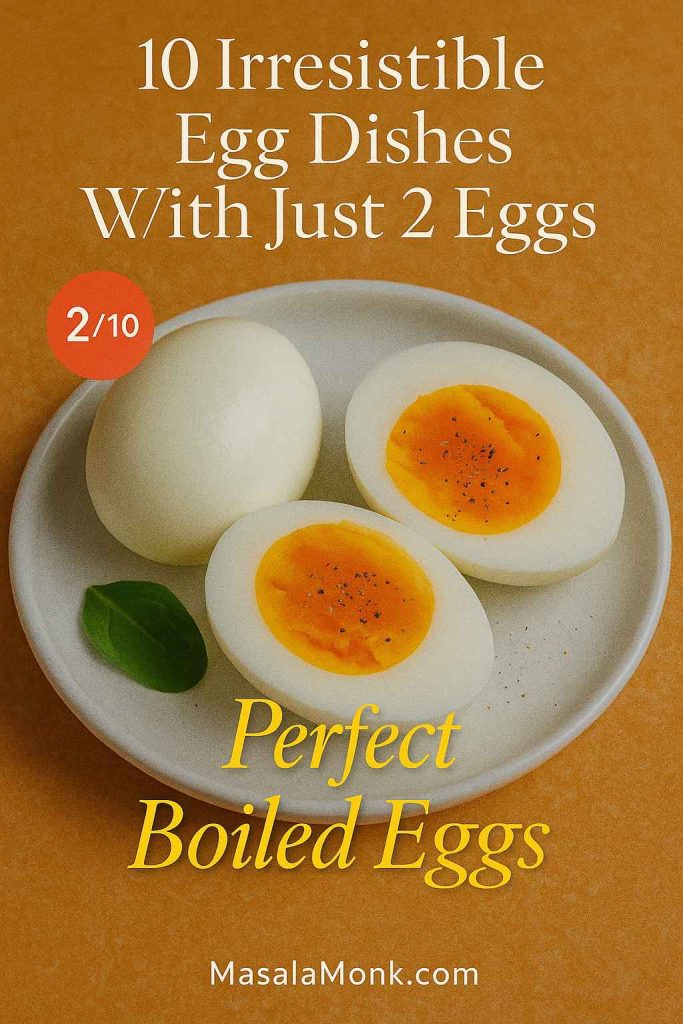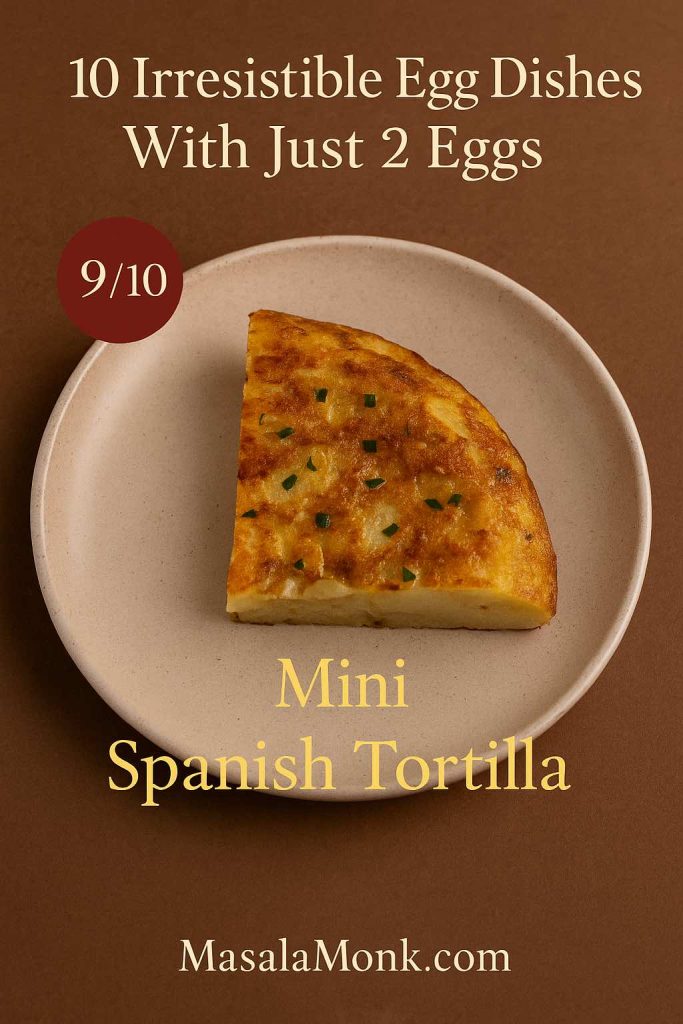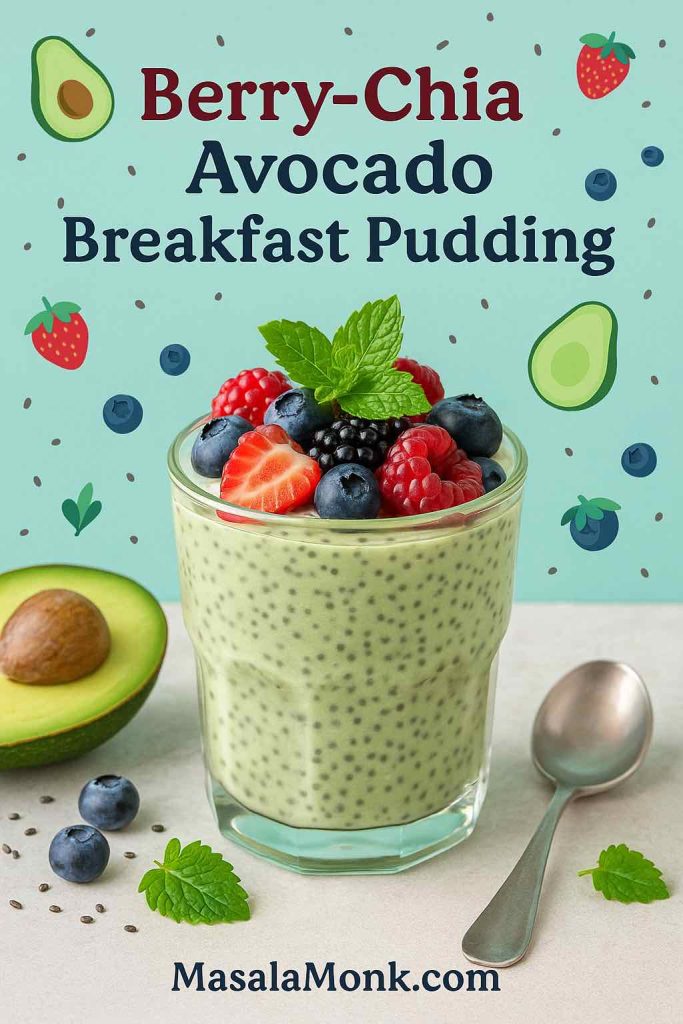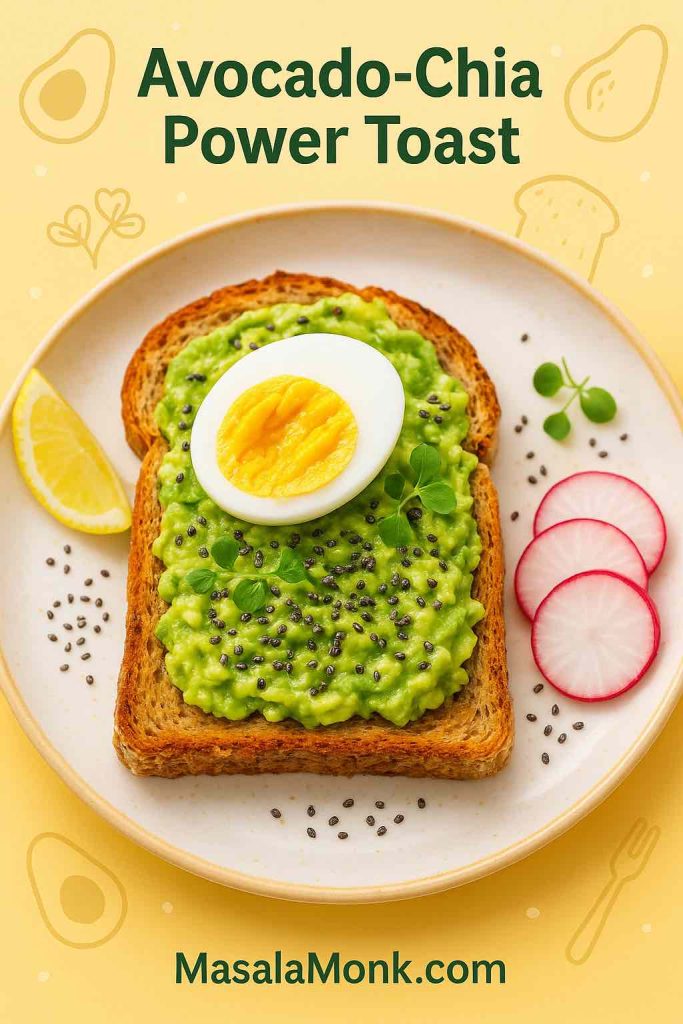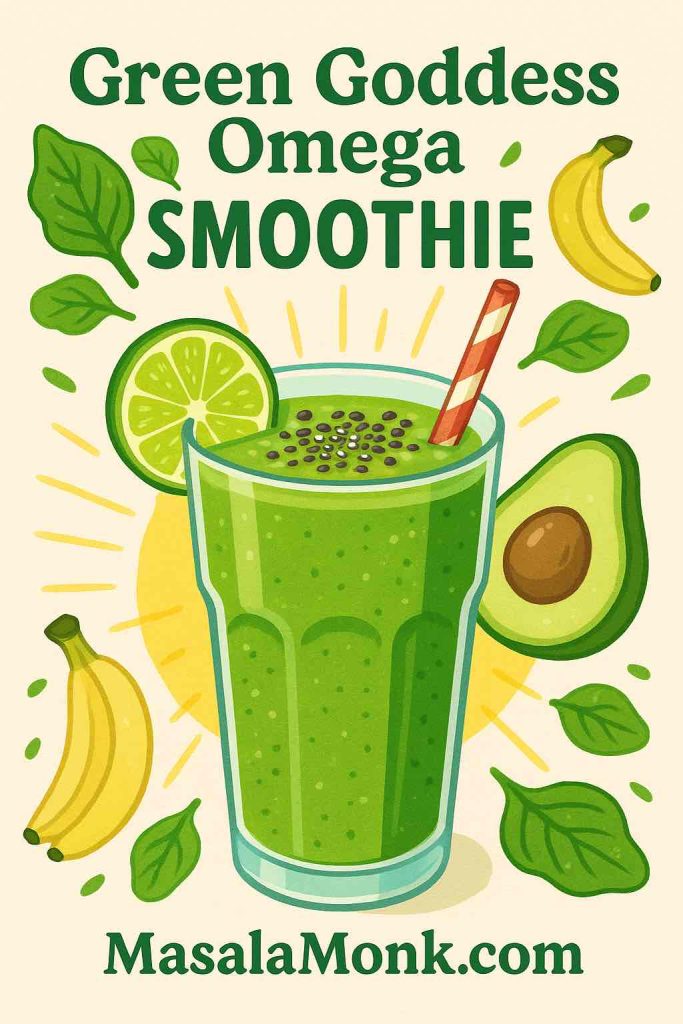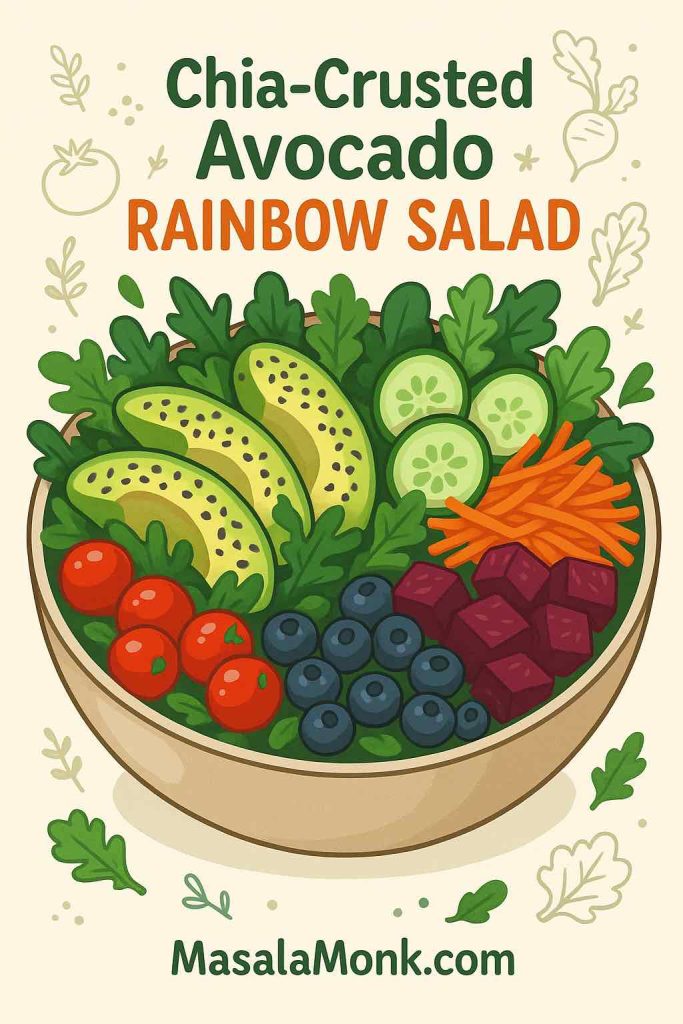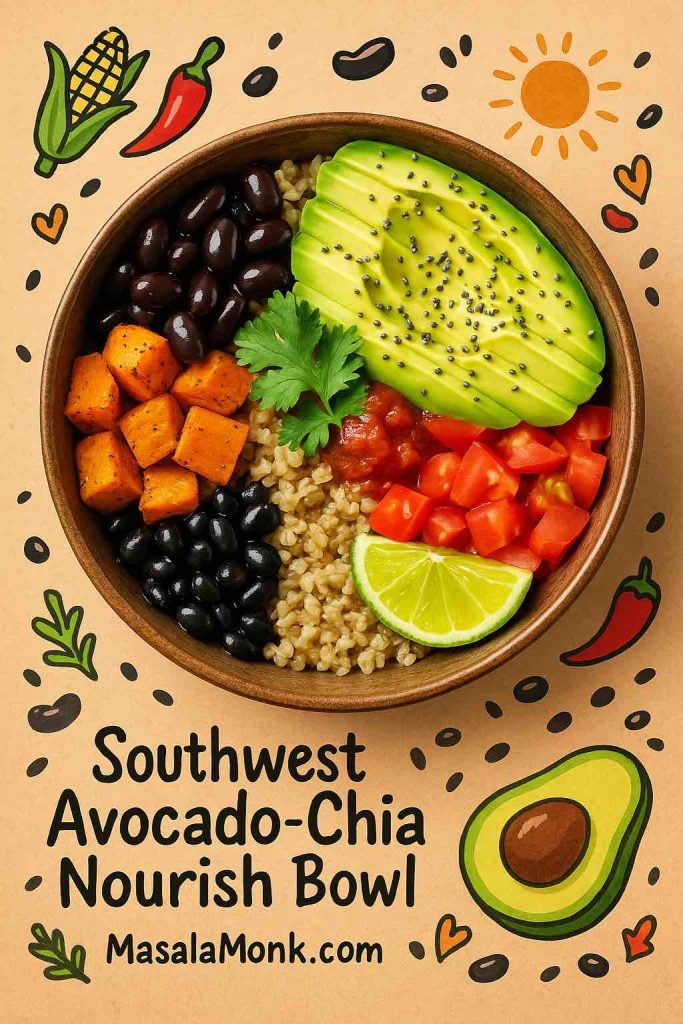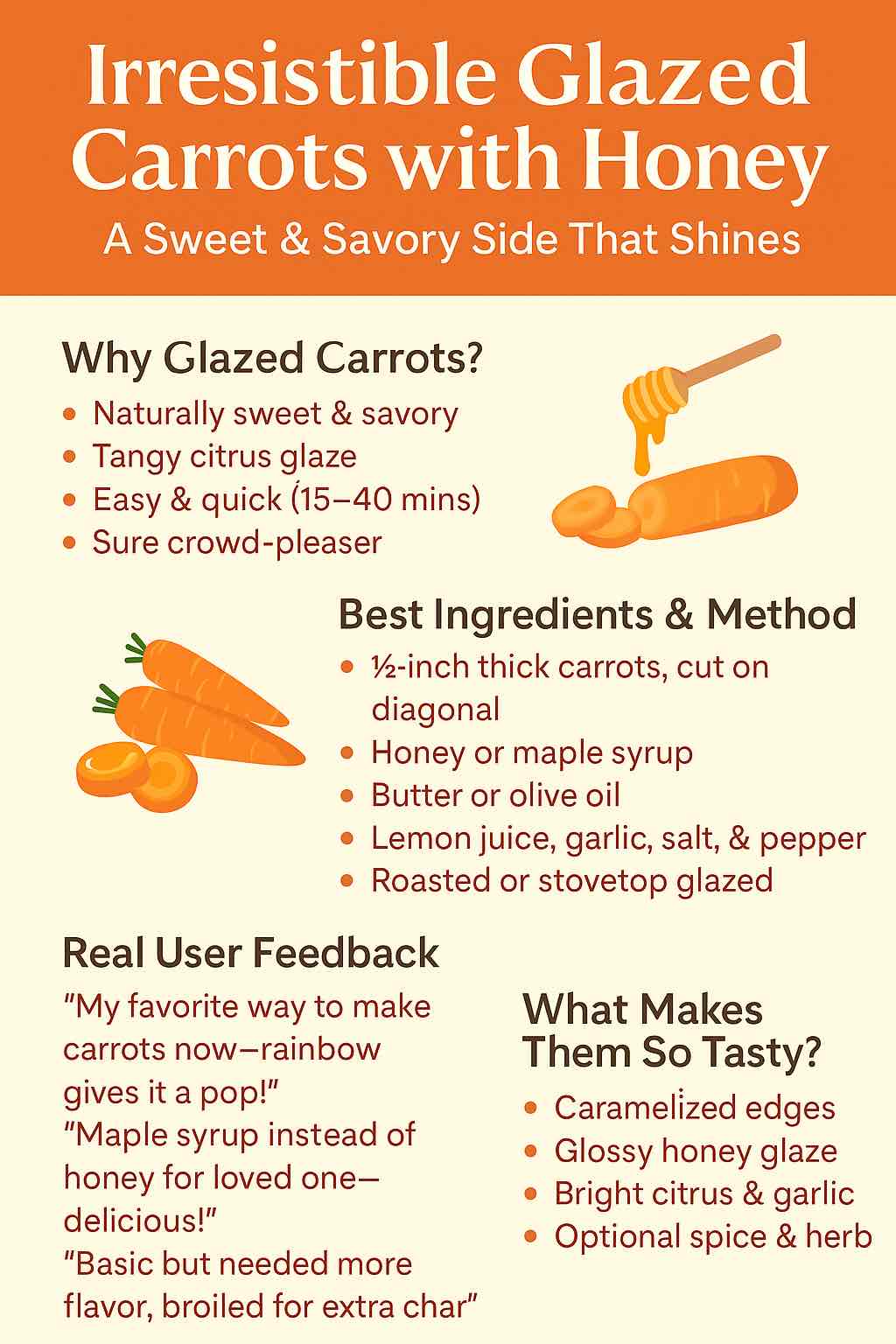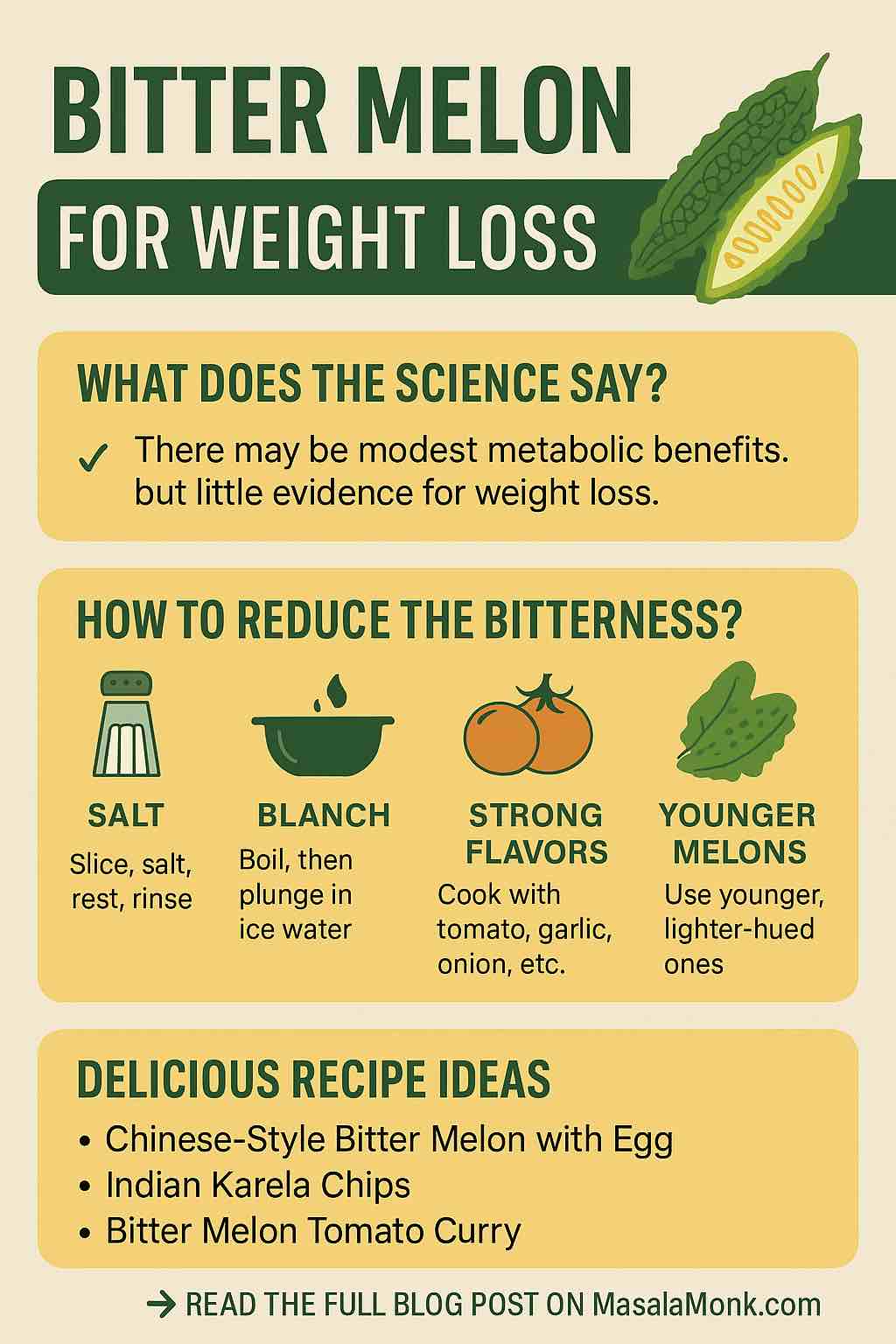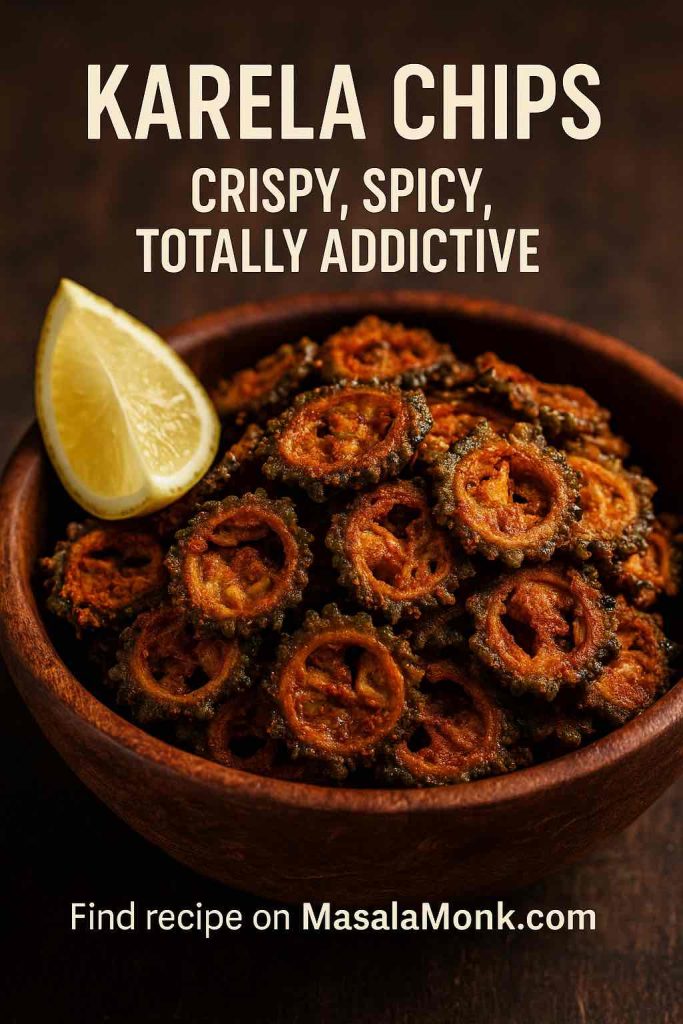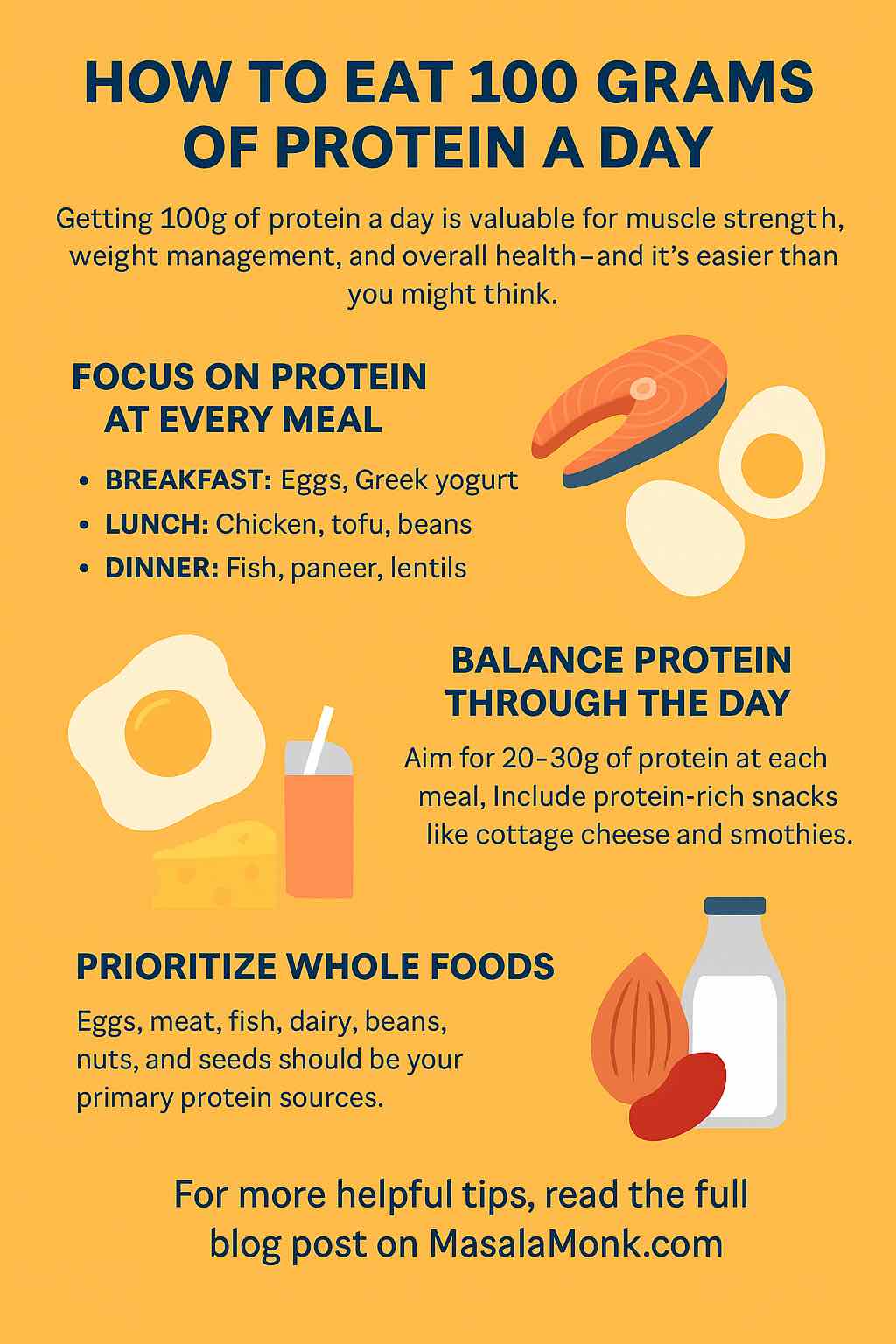
If you’ve ever set out to “eat more protein,” you know it sounds simple—until you actually try to get 100 grams by dinner without living on chicken breast, shakes, or mystery powders. But here’s the truth: hitting 100 grams isn’t just doable, it can actually be delicious, rewarding, and even fun if you approach it like a real person—not a spreadsheet.
Let’s break it down, bust some myths, and make this a high-protein journey you’ll actually enjoy (and stick to).
Why Are So Many People Chasing 100 Grams of Protein?
There’s a reason you keep hearing about “100 grams of protein a day” on fitness podcasts, Instagram reels, and even at your office lunch table. For most active adults, that’s a sweet spot: enough to build and repair muscle, keep hunger in check, boost metabolism, and maintain your energy—even if you’re just trying to feel a bit stronger and not run a marathon.
It’s not just for bodybuilders—100g is about taking charge of your nutrition, one satisfying meal at a time.
Want to geek out on the science? What Is Protein? covers all the reasons protein is the true MVP of your diet.
How to Actually Hit 100 Grams a Day—No Math Degree Required
The secret isn’t protein powders, it’s habits. Here’s how real people do it:
1. Build Every Meal Around Protein
Breakfast
Start your day strong! Instead of toast-and-go, try a bowl of Greek yogurt (10g+ per cup), eggs (6g each), or an oat bowl made with ultra-filtered milk. Top with nuts or chia seeds for extra points.
Example day-starter: 2 eggs + 1 cup Greek yogurt = 22g protein before 10am.
Feeling adventurous? Explore ways to boost your breakfast game in Benefits of Nuts and Seeds – Protein‑Packed Superfoods.
Lunch
Don’t let lunch be an afterthought! Go for a power salad with grilled chicken, tofu, or tempeh (100g of either gets you 19–27g), or pile chickpeas onto a hearty grain bowl. Even a quick dal and rice or a paneer wrap can pack serious protein.
Want more plant-based inspiration? Check out The Power of Tempeh: 10 High‑Protein Plant‑Based Meal Prep Ideas.
Dinner
Finish strong. Grill or bake fish (salmon = 22g/100g), toss cubes of paneer into curry, or scramble three eggs with veggies and a sprinkle of cheese for 25g+ in a single pan.
Stuck for dinner ideas? Protein in 3 Scrambled Eggs: Nutritional Insights and Benefits can help you level up your evening meal.
Snacks That Pull Their Weight
Snack time is a secret weapon. Grab cottage cheese (12g per half cup), roasted chickpeas, edamame, or a mini protein smoothie (blend Greek yogurt, milk, spinach, nut butter for 15g+). Suddenly, 100 grams looks… totally doable.
2. Distribute Your Protein Like a Pro
Why space it out? Because your body uses protein best when you give it steady doses (20–30g per meal), instead of flooding it all at once. This means better muscle recovery, less snacky hunger, and stable energy. It’s like charging your phone little by little instead of one frantic sprint at the end of the day.
3. Prioritize Whole Foods (and Flavor!)
You don’t need a cupboard full of supplements to get to 100g. In fact, real foods are your secret weapon: they keep you fuller, taste better, and pack bonus vitamins, minerals, and fiber.
Top picks:
Eggs, chicken, fish, paneer, Greek yogurt, cottage cheese, tofu, tempeh, lentils, beans, seeds, nuts, quinoa, and high-protein grains.
Want the numbers for eggs? How Much Protein in Two Boiled Eggs? breaks it down.
And if you want your grains to pull their weight, get creative with 10 Plant‑Based Meal Prep Ideas: Using Quinoa as a Protein Source.
4. Mix, Match, and Make It Yours
One size doesn’t fit all.
- Vegetarian or vegan? Mix beans, lentils, tofu, tempeh, nuts, and seeds—combine them for complete protein.
- Omnivore or pescatarian? Pair plant and animal sources for variety and maximum nutrition.
No matter your eating style, with a little mix-and-match, 100g is yours for the taking.
Real-Life Protein Hacks (That Don’t Suck)
- Prep in Bulk: Cook a batch of chicken, lentils, or eggs so you’re always a step ahead.
- Snack Smart: Keep cheese sticks, boiled eggs, protein bars, or roasted seeds in your bag or desk.
- Upgrade Your Carbs: Use high-protein wraps, breads, or pasta to sneak in extra grams—effortlessly.
- Smoothies Save Lives: A handful of spinach, scoop of yogurt, nut butter, and milk can turn a basic smoothie into a protein-packed meal in a cup.
- Eat What You Like: Don’t force foods you hate. There’s always another protein source that fits your vibe.
Why the Fuss? The Benefits You’ll Actually Feel
More protein isn’t just a trend—it’s a real game-changer. Expect…
- Sustained energy throughout the day (no more afternoon crashes)
- Fewer cravings and snack attacks
- Stronger muscles and faster recovery (even if you’re just chasing kids, not barbells)
- Better hair, skin, and nails (thank those amino acids!)
- More satisfaction from every meal
The Takeaway: Eat, Enjoy, and Repeat
Hitting 100 grams of protein a day isn’t about punishment or perfection—it’s about small, tasty upgrades and habits that actually make your life better. Build every meal (and snack) around protein, go for variety, and listen to what feels good in your body. The numbers will add up, and so will the results.
Hungry for more high-protein inspiration, meal prep tips, and myth-busting nutrition stories?
Head to MasalaMonk.com and dive into the rest of the blog—you’ll find dozens of guides, meal ideas, and science-backed answers to make eating well the easiest part of your day.
10 FAQs About Eating 100 Grams of Protein a Day
1. Is 100 grams of protein per day safe for everyone?
For most healthy adults, yes. People with kidney issues or other medical conditions should consult their doctor before significantly increasing protein intake.
2. Can vegetarians or vegans hit 100g protein without supplements?
Absolutely! By combining lentils, beans, tofu, tempeh, quinoa, nuts, and seeds throughout the day, plant-based eaters can easily reach 100g without protein powders.
3. What are the best protein sources for breakfast?
Eggs, Greek yogurt, cottage cheese, tofu scramble, nut butter, protein-enriched oats, and ultra-filtered milk are all great choices.
4. How can I get enough protein if I have a small appetite?
Distribute protein through smaller, more frequent meals/snacks—Greek yogurt, cheese, nuts, eggs, smoothies, or edamame work well in smaller portions.
5. Are protein bars and powders necessary to reach 100g?
Not at all! Whole foods should be your foundation, though bars or powders can help on extra-busy days or when you need portable options.
6. How much protein should I eat at each meal?
Aim for 20–30g per meal and use snacks (10–20g) to fill the gaps for the most even, effective intake.
7. Can I eat all my protein at dinner?
You’ll absorb it, but research shows your body uses protein better if you spread it throughout the day for muscle maintenance and fullness.
8. How can I add more protein to plant-based meals?
Incorporate legumes, lentils, tofu, tempeh, nuts, seeds, quinoa, and high-protein whole grains into your regular rotation.
9. Will eating 100g of protein help with weight loss?
Higher protein can help you feel fuller, preserve muscle, and support healthy weight loss—especially when paired with balanced carbs and fats.
10. How do I know if I’m getting enough protein?
Track your intake for a few days using a food diary or app, and adjust meals to fill the gaps. Over time, it gets easier and more intuitive.



